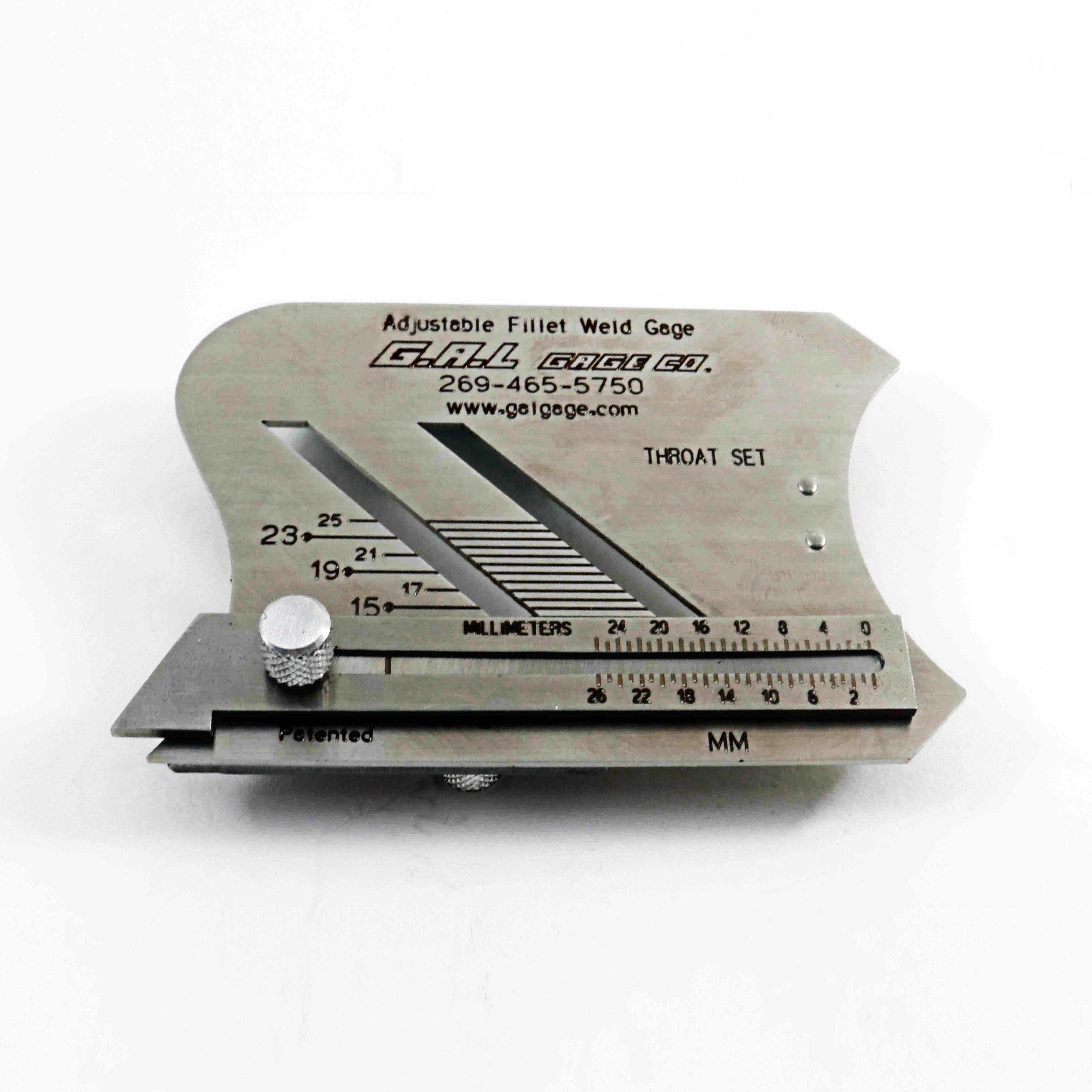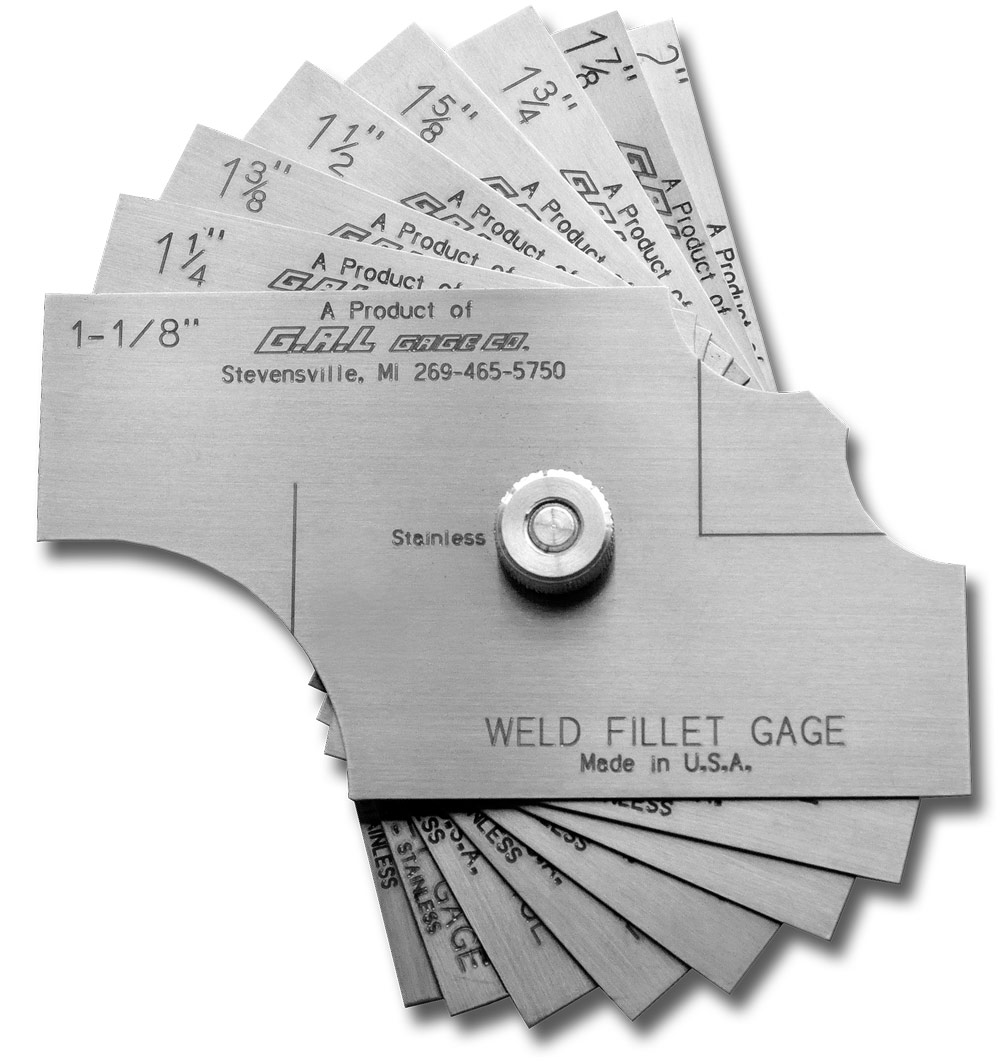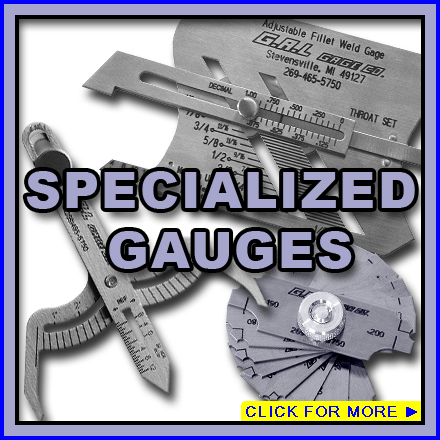The Function of Gauge Fillet Weld in Structural Integrity: What You Need to Know
The Function of Gauge Fillet Weld in Structural Integrity: What You Need to Know
Blog Article
Fillet Weld Style Techniques: Optimizing Joint Efficiency and Aesthetic Appeal for Structural Integrity
In the realm of structural engineering and manufacture, the relevance of fillet weld design methods can not be overemphasized. By meticulously taking into consideration aspects such as weld profile optimization, material choice, joint preparation techniques, welding process effectiveness, and visual improvement producers, techniques and designers can accomplish a harmonious balance in between functionality and appearance in their bonded structures.
Weld Account Optimization


Accomplishing an optimum weld profile involves a precise factor to consider of variables such as material density, joint arrangement, welding placement, and preferred welding rate. Furthermore, the choice of appropriate welding criteria, such as voltage, current, and travel speed, is basic in controlling the form and dimensions of the fillet weld. Utilizing innovative welding methods, such as pulse welding or robot welding, can even more refine the weld account to fulfill details layout needs and high quality standards.
In essence, weld account optimization is an essential aspect of fillet weld layout that straight influences the overall efficiency and integrity of welded joints in architectural applications.
Product Choice Considerations
When considering product option for fillet weld layout, the compatibility of the base steels is an important element affecting the architectural honesty of the joint. It is necessary to choose products that not only weld together effectively however additionally have similar mechanical residential or commercial properties to ensure the tons is equally dispersed in between the weld and the base metals. Welding materials with greatly different buildings can lead to issues such as tension concentrations, premature joint failure, or splitting.
Furthermore, the setting in which the bonded framework will certainly operate need to be taken right into account when selecting products. Factors like corrosion resistance, temperature level changes, and exposure to chemicals can all affect the durability and performance of the weld joint. By choosing materials that appropriate for the desired application and setting, the total longevity and integrity of the bonded joint can be substantially improved.
Therefore, comprehensive consideration of material compatibility and ecological aspects is vital in making sure the weld joint's strength, durability, and general structural integrity.

Joint Preparation Techniques
Taking into consideration the important role product selection plays in making certain the structural honesty of fillet weld joints, it is important to apply accurate joint prep work techniques that enhance the link between the base steels. Joint prep work is an important step that straight influences the top quality and strength of the weld.
In addition, proper fit-up of the joint is vital to ensure uniform circulation of the welding product and prevent problems like insufficient penetration or extreme build-up. Beveling the sides of the see page base steels can develop a groove that enables much deeper weld penetration and a stronger bond. Furthermore, tack welding the parts in position before the last weld aids keep alignment and reduces distortion during the welding process. By thoroughly adhering to these joint prep work strategies, welders can boost the overall performance and looks of fillet weld joints while making certain architectural soundness.
Welding Refine Performance
Effective welding procedures are necessary for achieving optimum efficiency and quality in fillet weld construction. Procedures like gas metal arc welding (GMAW) and flux-cored arc welding (FCAW) are frequently used for fillet welds due to their adaptability and rate.
Normal calibration of welding machines, inspection of consumables, and upkeep of welding torches can avoid downtime and remodel, eventually saving time and resources. Well-trained welders are more proficient at adjusting parameters, troubleshooting issues, and maintaining consistent weld quality.
Aesthetic Improvement Techniques
To maximize the high quality of fillet weld manufacture, applying visual enhancement techniques can play a that site vital role in guaranteeing precision and precision during the welding procedure. Visual aids such as weld size assesses and multiplying lenses can help in assessing weld accounts and dimensions precisely. By incorporating these visual enhancement techniques right into the welding procedure, welders can attain not only structurally audio fillet welds yet likewise aesthetically attractive outcomes that meet industry criteria.

Final Thought
To conclude, enhancing fillet weld design includes mindful consideration of weld account, material option, joint prep work, welding process effectiveness, and visual improvement techniques. By implementing these methods, architectural integrity can be boosted while additionally attaining aesthetic charm. It is essential to prioritize both efficiency and aesthetic appeals in fillet weld design to guarantee the overall high quality and toughness of the joint.
By meticulously thinking about factors such as weld profile optimization, product choice, joint prep work strategies, welding process performance, and visual improvement methods, designers and producers can accomplish a harmonious equilibrium in between performance and look in their bonded structures.In the realm of fillet weld style, optimizing the weld account plays an essential function in making certain architectural honesty and performance. The weld profile, which includes the dimension and shape of the weld cross-section, directly impacts the circulation of stress and anxiety and load-bearing capability within the joint. It is vital to pick materials that not just weld with each other effectively yet additionally possess comparable mechanical properties to make sure the lots is equally distributed between the weld and the their explanation base steels - Gauge Fillet Weld.In verdict, maximizing fillet weld style entails careful consideration of weld profile, material option, joint preparation, welding process performance, and visual improvement approaches
Report this page